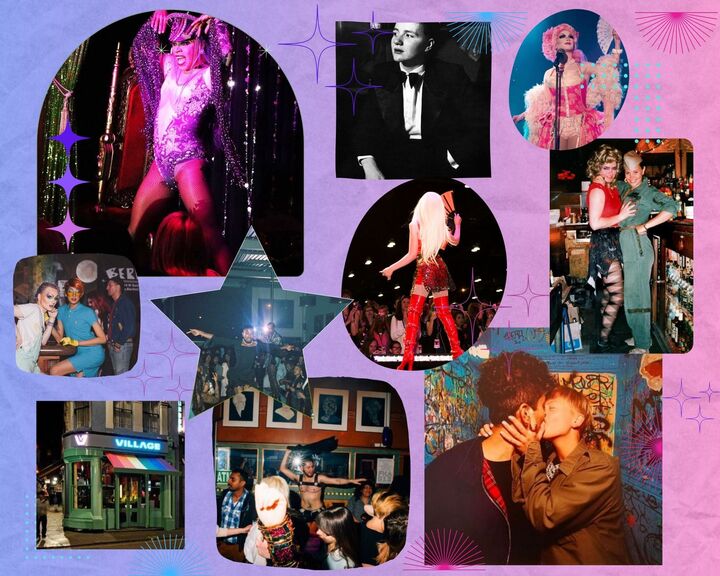
When I first met Miguel Caballero-Vázquez, an assistant professor in the Department of Spanish and Portuguese, he wore a crisp lavender button-down, straight-leg leather pants and Doc Martens.
He told me, however, that he swaps out his sleek and more expensive outfits for thrifted, cheaper going-out looks on the weekends. With his boyfriend of two years, he experiments with his sense of style while exploring LGBTQ+ Chicago nightlife.
“When you're surrounded by drag queens and genderless people, you think ‘Okay, what am I doing here wearing my normative gay clothes?'” Caballero-Vázquez said. “Let's get inspired by what's happening around me.”
Dressing up to go out looks very different among the LGBTQ+ community due to a rich history of queer fashion and subculture. The outfit is everything for queer members of the NU community, whether you're a veteran of the nightlife scene like Caballero-Vázquez or just hoping to signal to people at a house party who you’re interested in.
Fashion and identity
Queerness and fashion are intrinsically linked. Caballero-Vázquez described how queer children are repeatedly punished for experimenting with clothing and gender – like a little boy trying on his mother’s heels. Therefore, he sees his sense of style as a little “revenge” or rebellion against normative pressures to adhere to gender roles.
“Something very important for me – and I think for queer people in general– is to develop a personal taste, not in a frivolous way, but in an emancipatory, exploratory way,” said Caballero-Vázquez.
Caballero-Vázquez takes inspiration from the 1970s, a time of queer liberation and exploration. Falling in love with the style from this era led him to learn more about the politics and philosophy of the time.
To find vintage pieces, he frequents second-hand stores. He usually goes right to the women’s sections and often wears more feminine clothes, like dresses, for a night out.
“Being queer is hard because you're punished so many times for being queer. You're always in a society that was not built for you. But at the same time, it gives us a lot of liberty because we don't have to follow rules.”
The connection between queerness and fashion manifests as intentionality in fashion choices for SESP first-year Malik Middleton. He carefully considers his outfits, trying to match colors and patterns.
He said he appreciates outfits that require thought and coordination. “It's indicative of queerness,” he said
Middleton takes time to question how pieces of clothing make him feel, thinking how what he wears aligns with his gender presentation.
Middleton has developed his style further through his time at college. Along with being on a college campus surrounded by other young people experimenting with creative self-expression (he lives on South Campus), his sexuality offers freedom and creativity.
“If I was straight, I’d just be boring,” he said.
Signaling and subculture
Queer style, however, is not always visible to the straight outsider. SESP second-year Adrienne Scheide, known colloquially on campus as the “Pink Beret Girl,” said her signature feminine style identified her as queer in high school. On campus, she’s not sure if everyone picks up on that.
“It feels like something you really aren't going to notice unless you're in that community,” she said. “It feels like a secret club.”
That’s why many use signaling – specific style choices adopted by the queer community to identify themselves to each other. This becomes especially important when trying to attract a special someone on a night out.
Middleton plays on his usually masculine style with more femme pieces when going out. He uses jewelry like rings and earrings, as well as his sister’s crop tops, to signal his queerness.
“I want to be hot in my resting state, but going out, I want to play it up,” Middleton said.
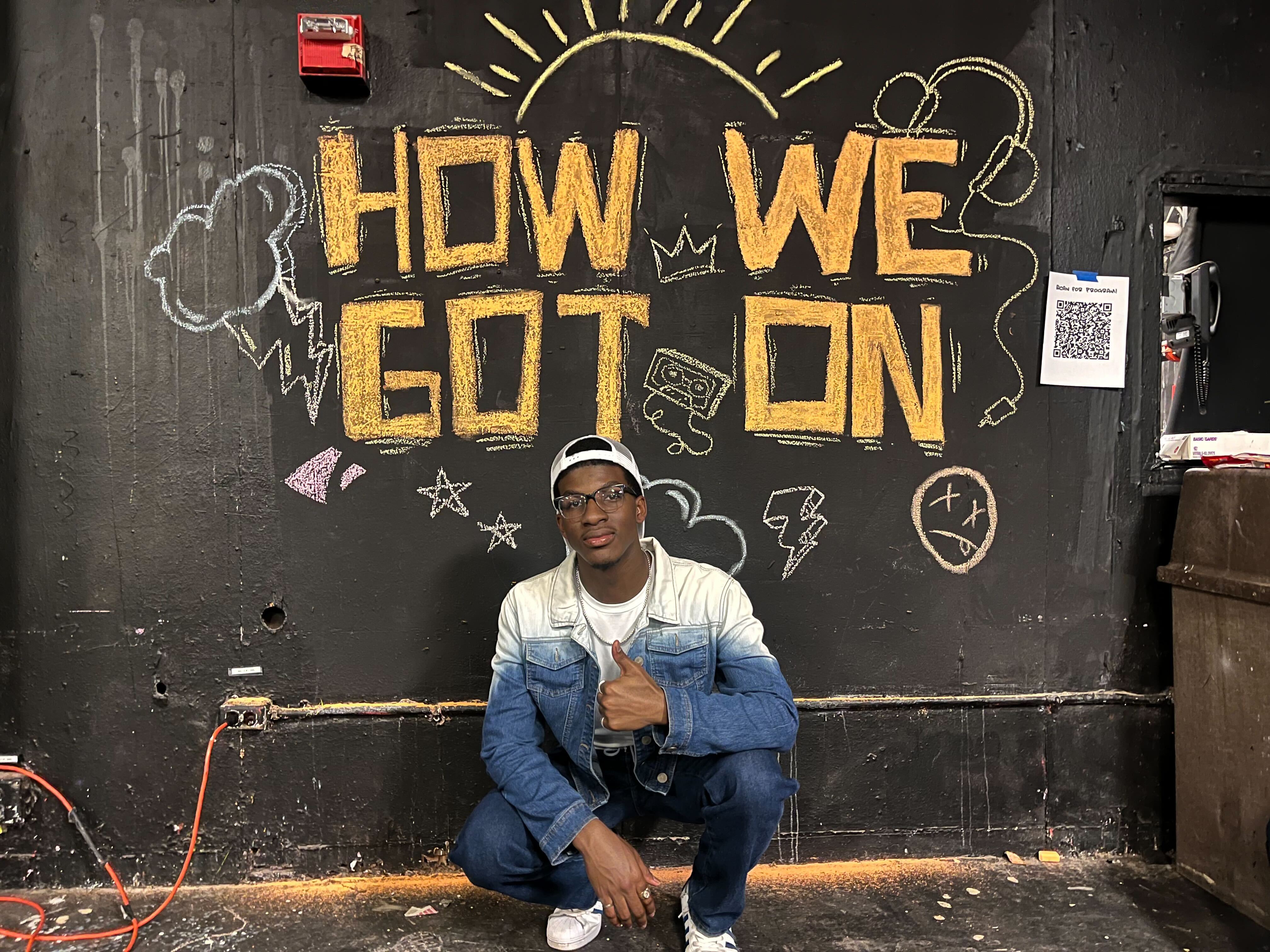
He described an additional pressure he feels to dress well in specific queer spaces, like clubs, that tend to be predominately white. As a Black and masculine presenting queer person, he said he’s cognizant of how race and queerness intersect.
When entering queer nightlife spaces, he said finds himself wondering, “Will there be any Black people here? Am I part of what beauty looks like in this space?”
The stakes for his style become higher due to this double standard. He feels has to be “turn your head” attractive.
A space to experiment with gender
The context of nightlife as a space where everyone dresses to impress provides queer people the chance to experiment with their presentation.
Scheide loves emphasizing her femininity to reclaim negative associations of weakness surrounding traditionally “girly” aesthetics. For her, this looks different in the evening.
“It’s the opportunity to feel myself up outside of my traditional aesthetic and outside of people's perception of me,” Scheide said. “I want to play up the femininity part. I want to hone into that, in a little bit more of an adult way.”
Scheide maintains her signature pink aesthetic in a more simplified way, relying on subtle feminine details in her clothes or makeup to express her femininity.
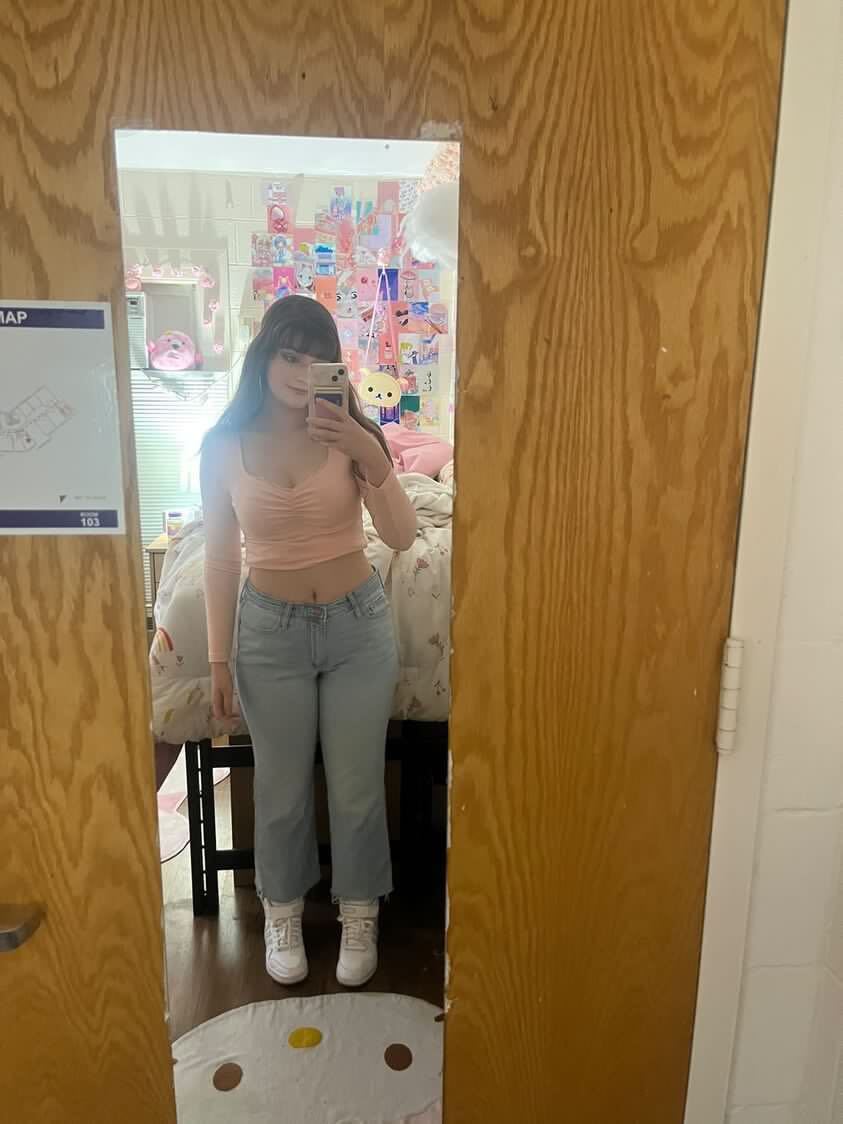
Weinberg third-year Kris Bell represents their style without binary gender presentation and takes dressing up as an opportunity to play with gender.
“Sometimes I will wear the most girly outfit and be like, ‘Yeah, I'm giving man tonight,'’’ they said. “I think it’s fun and not really thinking about whether or not it's more feminine or masculine.”
Medill third-year Missy Scavongelli embraces her masculine side with her everyday fashion. Since she was a little kid, she’s always preferred more androgynous, loose-fitting clothes.
For a night out, Scavongelli prioritizes comfort with loose-fitting clothes but strives for a put-together look. She gravitates towards a crisp white tee shirt, Dickies and nice sneakers or Oxfords.
“I feel a lot more confident being able to dress masculine in a more formal context,” she said.
Claiming and reinterpreting masculine style sometimes poses challenges for Scavongelli. In clothes tailored for a male body, it’s hard to feel as though she looks as good as a man would wearing the same outfit.
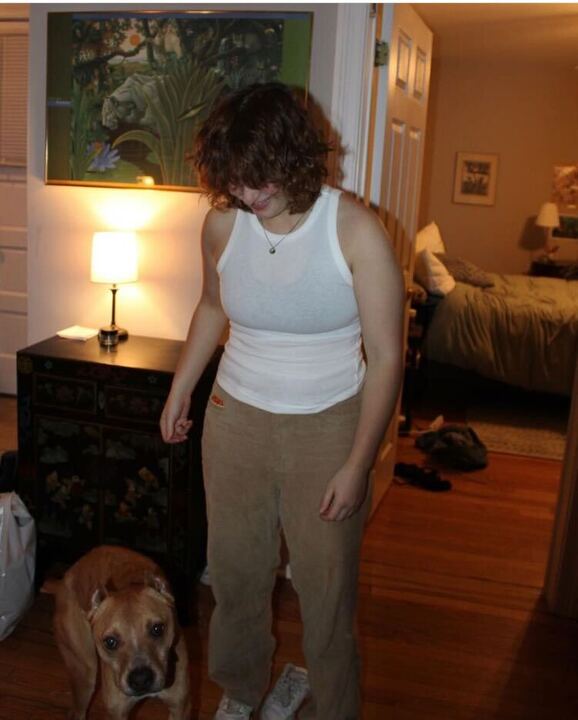
Finding your style
Bell said the process takes time for newly out queer people looking to find their style.
“I would definitely say try all sorts of things,” Bell said. “And I think a big part of that is to make sure that you're having fun at the end of the day. What we wear should be really exciting.”
They recommend using Pinterest, observing other people's styles and going thrifting to curate one’s own aesthetic.
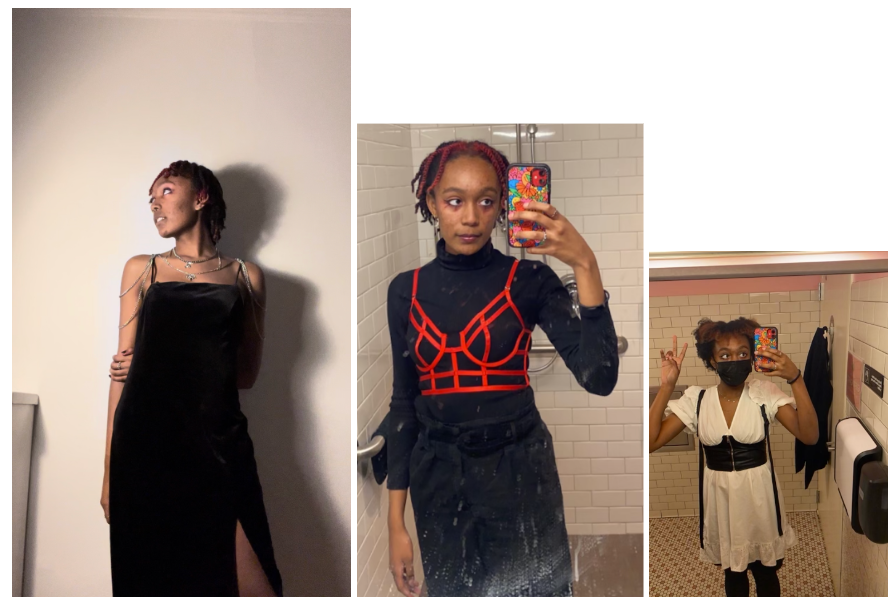
Caballero-Vázquez notes that while he’s been out for much longer than most of the students he teaches, he’s still experimenting with his own style and identity.
He tells young queer people that they may feel unsure how to dress the first time they go out.
“You may find yourself out of place at the beginning, that's fine. Insist. Keep looking, keep exploring, experiment, but think of it as a process. This is a continuous evolution, continuous change,” Caballero-Vázquez said.
Queer nightlife community
While developing a personal sense of style takes time, queer communities on- and off-campus provide a space to learn and experiment.
Bell, who enjoys the very queer hyper-pop scene, said they love getting ready alongside their queer friend group because they all play with their styles for the night out.
“It's really nice to sort of sit down and have time to create what we want to look like for the night,” they said.
Caballero-Vázquez frequents the “underground” queer scene in Chicago – that is, parties which take place in art galleries or old speakeasies. He described it as a celebration of weirdness.
One night recently, Caballero-Vázquez stood alone at an underground queer party while his boyfriend and friends went to grab drinks. Thinking he was alone, one of the drag queens at the party approached him and asked if he knew anyone. He explained it was his first time at the particular venue. She then told him, “Welcome home,” and pulled him aside to get to know him better.
The familial safety and community of queer nightlife lets Caballero-Vázquez feel comfortable experimenting with his identity and style.
“When you go to the club and you dress in creative ways…you compliment each other. It’s a moment of appreciation of how weird you are and how weird I am. It’s a way of seeing each other,” Caballero-Vázquez said.